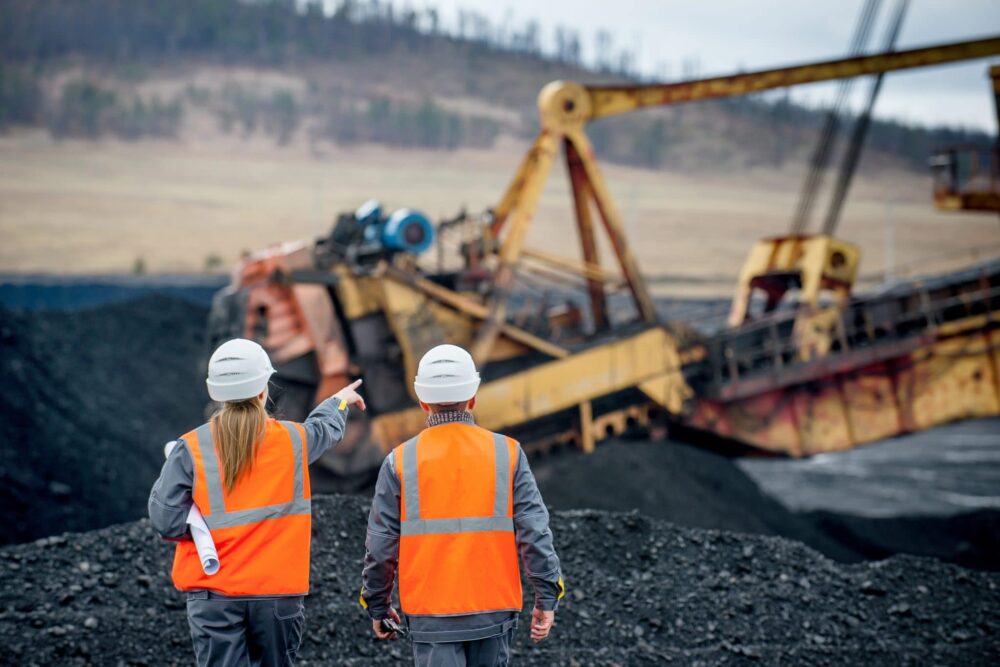Carbonatite is a unique igneous rock consisting chiefly of carbonate minerals crystallized from a carbonate magma. These minerals and metals, often include Phosphates, Iron Ore, and Rare Metals & Minerals., some of the most critically needed materials on the planet.
These metals and minerals are utilized in critical industries, such as agriculture, infrastructure, electronics and renewable energy.
Carbonatites are rare and formed by unusual processes and from unusual source rocks, so the mines are unique in that they contain a multitude of different resource types, but are known primarily for Magnetite, Phosphate and Rare Earths. Carbonatite occurrences are unique multi-commodity deposits that include economic concentrations of many metals that will be most sought after between now and 2050.
GME Metals senior management have a wealth of experience with regards to the discovery and development of deposits found in Carbonatite Complexes.
Mineralised carbonatite and alkaline-carbonatite complexes are highly sought after. Carbonatites are the main source of niobium (Nb) and rare earths elements (REE) which are critical metals for key economic sectors in industrialised countries.
They also contain : Phosphate (apatite), magnetite, zircon, kaolin, calcite (CaCO3) and mica which are important commodities for key developments in developing countries where fertiliser, building material and labour-intensive processing is required. Alkaline carbonatite complexes are also significant sources of copper, (Cu), fluorite (F), vermiculite; normally recovered as by-products.
Younger carbonatites are more abundant than older occurrences and tectonic controls on carbonatite emplacement are important and is found in the following countries in Africa: East Africa (Kenya, Uganda, Tanzania, Burundi, DRC, Zambia). Namibia and Angola. South Africa, Mozambique, Malawi.
Carbonatites, alkaline-carbonatite complexes, associated fenite-type metasomatic zones, and overlying regolith (including supergene enrichment) are favourable hosts of metallic and industrial deposits. Alkaline-carbonatite complexes represent large resources in REE. REE mineralisation may consist in unweathered carbonatite rock, or correspond to overlying regolith.
In most cases REE tend to be concentrated in late carbonatite pulses forming central breccia zones, ring dykes, cone sheets,and fracture fillings. Deposits are REE enriched, held as discreet minerals and as element substitutes for Ca, Mg, Fe, Sr, Ba.Vermiculite and phlogopite deposits are hosted in mafic and ultramafic rocks of the carbonatite-alkaline complexes.
Other commodities related are iron (magnetite), lime and cement, sodalite (as dimension, ornamental and semi- precious stone). Rock phosphate (apatite) which occurs as discreet grains in carbonatite and associated replacement bodies. Other metals like Nb, Zr, Ti and Cu are recovered as by-products. Commodities won from alteration zones (from fenite and altered country rocks) like kaolin, sand and aggregate have great value.


 Even though Arran contains a basket of different commodities, initial focus is on three key commodities; High-Grade Magnetite (Iron Ore), Pyrochlore (Niobium) and Phosphate Rock (Apatite).
Even though Arran contains a basket of different commodities, initial focus is on three key commodities; High-Grade Magnetite (Iron Ore), Pyrochlore (Niobium) and Phosphate Rock (Apatite).